Comic Strips, Comic Books, & Cartoons
Comic Strips
Comic strips have a rich history dating back to the late 19th century when newspapers began featuring humorous illustrations alongside written content. “The Yellow Kid,” created by Richard F. Outcault, is often considered the first modern comic strip, emerging in the 1890s. Throughout the 20th century, comic strips became a beloved feature of newspapers worldwide, introducing iconic characters like Charlie Brown, Garfield, and Calvin and Hobbes, and including well-known strips like Brenda Starr, Reporter and Li’l Abner. These strips not only entertained readers but also influenced popular culture and political discourse. With the rise of the Internet, comic strips found a new platform online, where creators could reach global audiences instantly. Today, comic strips continue to captivate readers of all ages, showcasing the enduring appeal of visual storytelling.
Comic Books
Comic books have a storied past, tracing their origins back to the late 19th century when publishers began printing collections of comic strips. However, it wasn’t until the 1930s that comic books as we know them today emerged with the publication of “Funnies on Parade,” considered the first true comic book. The release of Action Comics #1 in 1938, featuring the debut of Superman, marked the beginning of the Golden Age of comic books, a period characterized by the rise of iconic superheroes like Batman, Wonder Woman, and Captain America. In the following decades, comic books diversified in genre and style, exploring themes ranging from science fiction and horror to romance and crime. Today, comic books remain a beloved form of storytelling, inspiring movies, television shows, and a dedicated fanbase around the world.
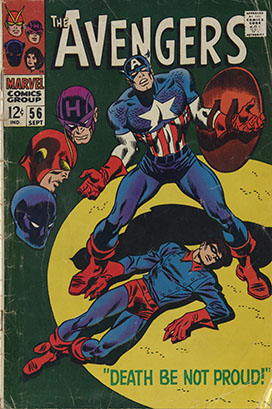
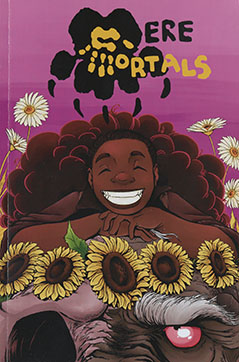


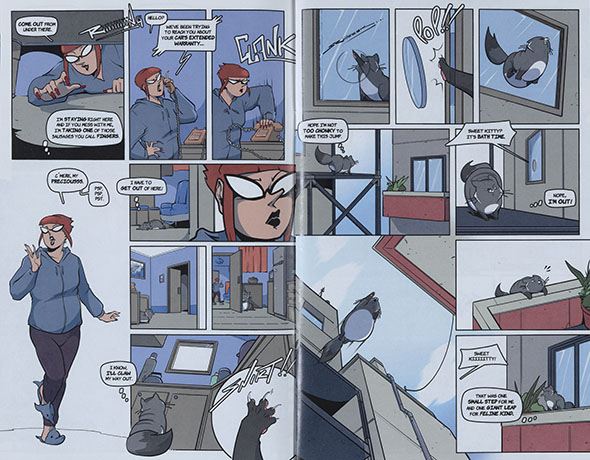
Cartoons
Cartooning has a vibrant legacy that spans centuries, evolving from early caricatures and political cartoons to the diverse array of styles seen today. The art form gained prominence in the 19th century with the rise of satirical illustrations in newspapers and pamphlets, providing social commentary and entertainment. Cartoonists like Thomas Nast and Eugene Zimmerman pioneered the use of cartoons in political discourse, influencing public opinion through their bold and often provocative imagery in prints for publications like Harper’s Weekly and Puck Magazine.
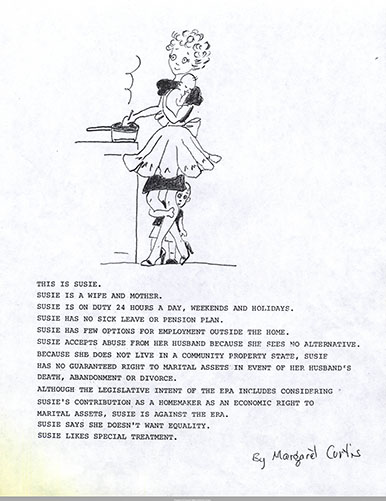

Cincinnati enquirer, April 1948. M. H. Ross Papers
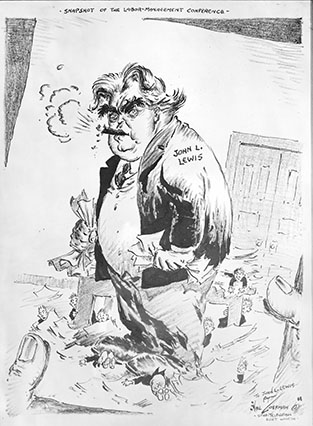
Political cartoon of John L. Lewis,
Fort Worth star-telegram, M.H. Ross Papers, circa 1940s
The early 20th century saw the emergence of animated cartoons, with iconic characters like Mickey Mouse and Bugs Bunny captivating audiences around the world. Cartooning continued to evolve throughout the 20th century, embracing new technologies and styles, from traditional pen and ink to digital animation. Today, cartooning encompasses a wide range of forms, from comic strips and editorial cartoons to animated films and webcomics, reflecting the ever-changing landscape of visual storytelling.

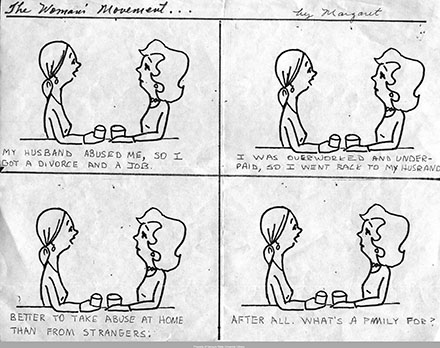
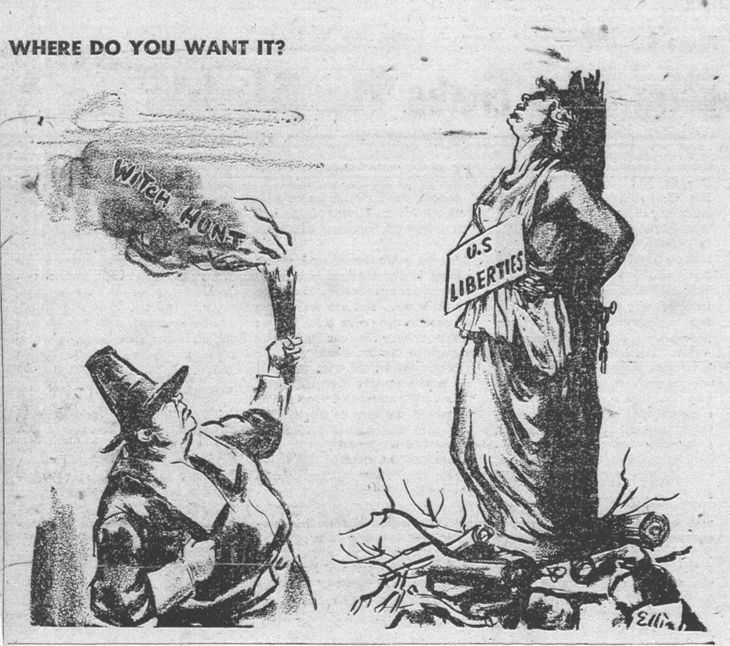
M. H. Ross Papers

